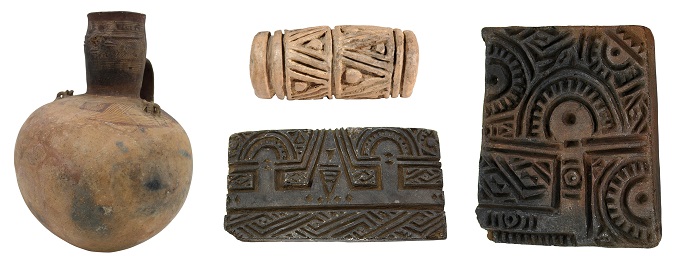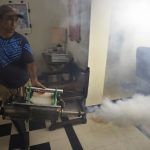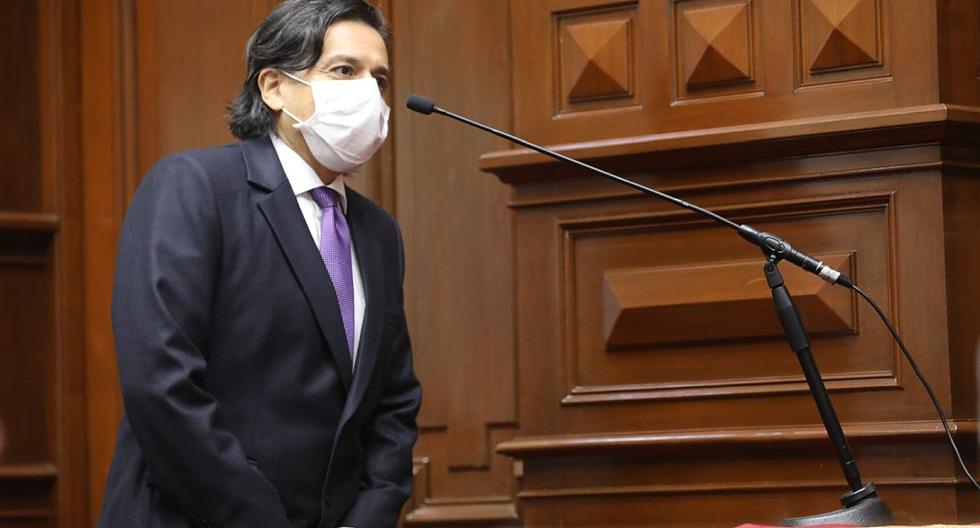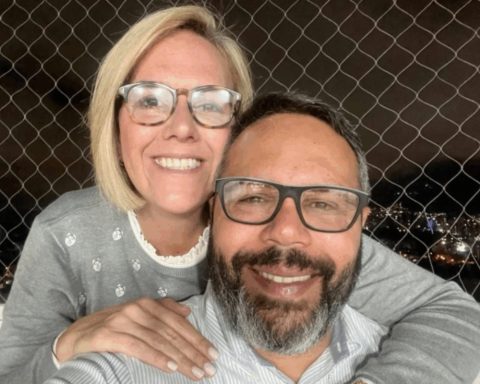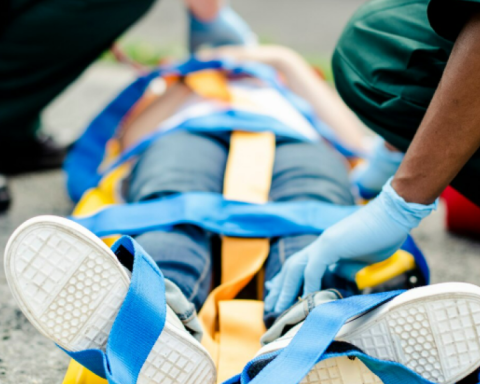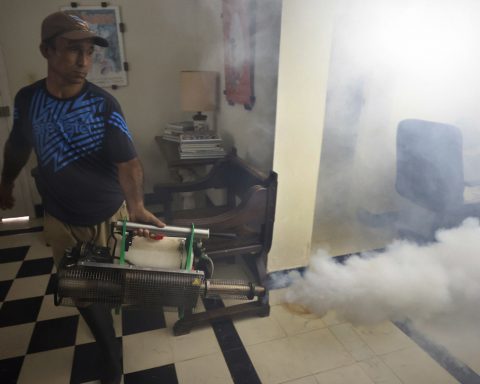“We are going to demonstrate in a concrete and forceful way who participated and who was responsible for this genocide,” said federal prosecutor Federico Garniel, in charge of the accusation, during the hearing that took place in Resistencia (Chaco, northeastern Argentina).
This is the first trial that investigates the systematic persecution of indigenous peoples in Argentina and the plaintiffs are the Secretary of Human Rights of the province of Chaco and the Chaco Aboriginal Institute.
In 2018, the Napalpí case was declared a crime against humanity and therefore imprescriptible. But, as there are no living defendants, a “truth trial” is held that seeks to investigate, clarify and publicize the episode as a form of reparation to the victims, their families and the communities.
– Know the truth –
“The truth trial seeks to reach an approximation of the facts. It does not seek criminal responsibility but to know the truth in order to claim the memory of the peoples, to calm the wounds, to repair but also to activate the memory and generate awareness that these human rights violations must not be repeated,” he said. Federal Judge Zunilda Niremperger at the start of the trial.
The events under investigation occurred on July 19, 1924 in Napalpí, a “reduction” -as the places of confinement of indigenous people were called in Argentina- located where today is the province of Chaco. Communities of the Qom and Moqoit ethnic groups lived there in conditions of semi-slavery, forced to work in the cotton harvests.
That day, after turning a deaf ear to a claim by the indigenous people to change their living conditions, then-governor Fernando Centeno ordered a repressive operation involving some 130 policemen, gendarmes and armed civilians who shot at close range against children, the elderly and adults. unarmed. The bodies of those killed were mutilated and buried in mass graves.
“They ended the lives of between 300 and 500 people, it is very difficult to know,” said the complaint during the first hearing broadcast live on the Napalpí Foundation website.
– “Sad things” –
The oral and public trial began on the Day of the American Aboriginal in the House of Cultures in the city of Resistencia, the provincial capital. The next hearings will be on April 26 and 27, May 3, and May 10 and 12. The trial is scheduled to conclude on May 19.
After the first arguments in the courtroom, audiovisual records of interviews with two survivors, Pedro Valquinta, born about 110 years ago, and Rosa Grilo, an approximately 114-year-old woman who could testify in person if her health allowed, were projected.
“For me it is sad, they killed my father. I almost don’t want to remember. Sad things. They killed many people, ”says Rosa Grilo in a mixture of Spanish with her native language in the testimony filmed by the prosecution in 2018 in the dirt patio of the old woman’s house.
“A plane above was throwing bags from the plane and they fell to the ground, and people went to look for him and they killed him there. And there, my grandfather and we shot (we ran away) because we wanted to live”, adds the old woman.
About the massacre, Valquinta narrates in a video: “In the Napalpí reduction they killed many. They covered them in a big well, a single well.”
In another screened interview, Juan Chico, a Qom historian who died last year and the author of several books on the massacre, highlighted the value of oral memory to complement documentation. “That rebuilding is key,” he noted.
In 2008, during his first term, the current governor Jorge Capitanich had apologized for the massacre on behalf of the provincial state.
Historians point out that in its formation as an independent nation, in Argentina there was subjugation of the original peoples, who were on the verge of extermination.
One of the most tragic episodes is the one known as The Desert Campaign, for the incorporation of Patagonia into the national territory, which left a balance of at least 14,000 dead indigenous people between 1878 and 1885.
According to the 2010 census, in Argentina, out of 45 million inhabitants, only one million people define themselves as members or descendants of one of the 39 original ethnic groups. Since 1994, the Constitution recognizes the rights of indigenous peoples.
